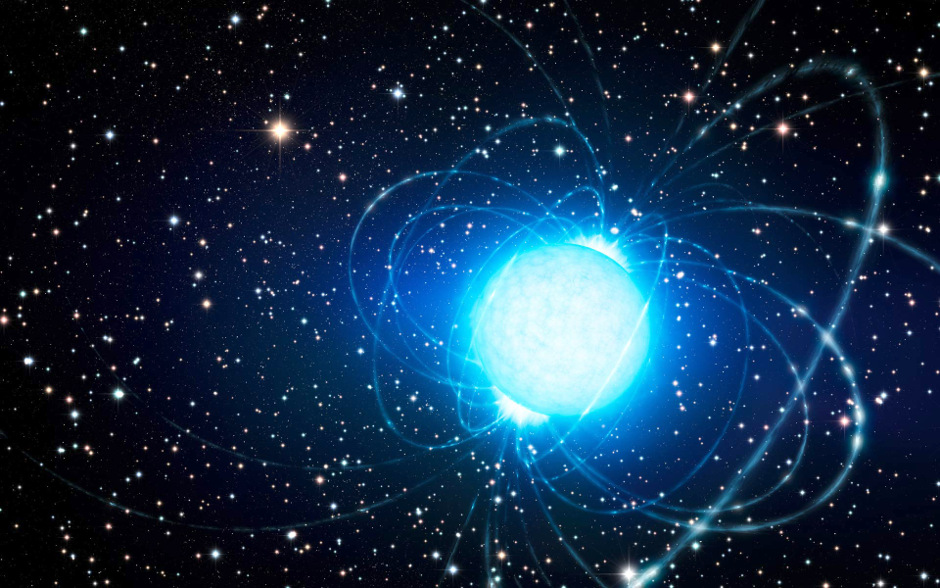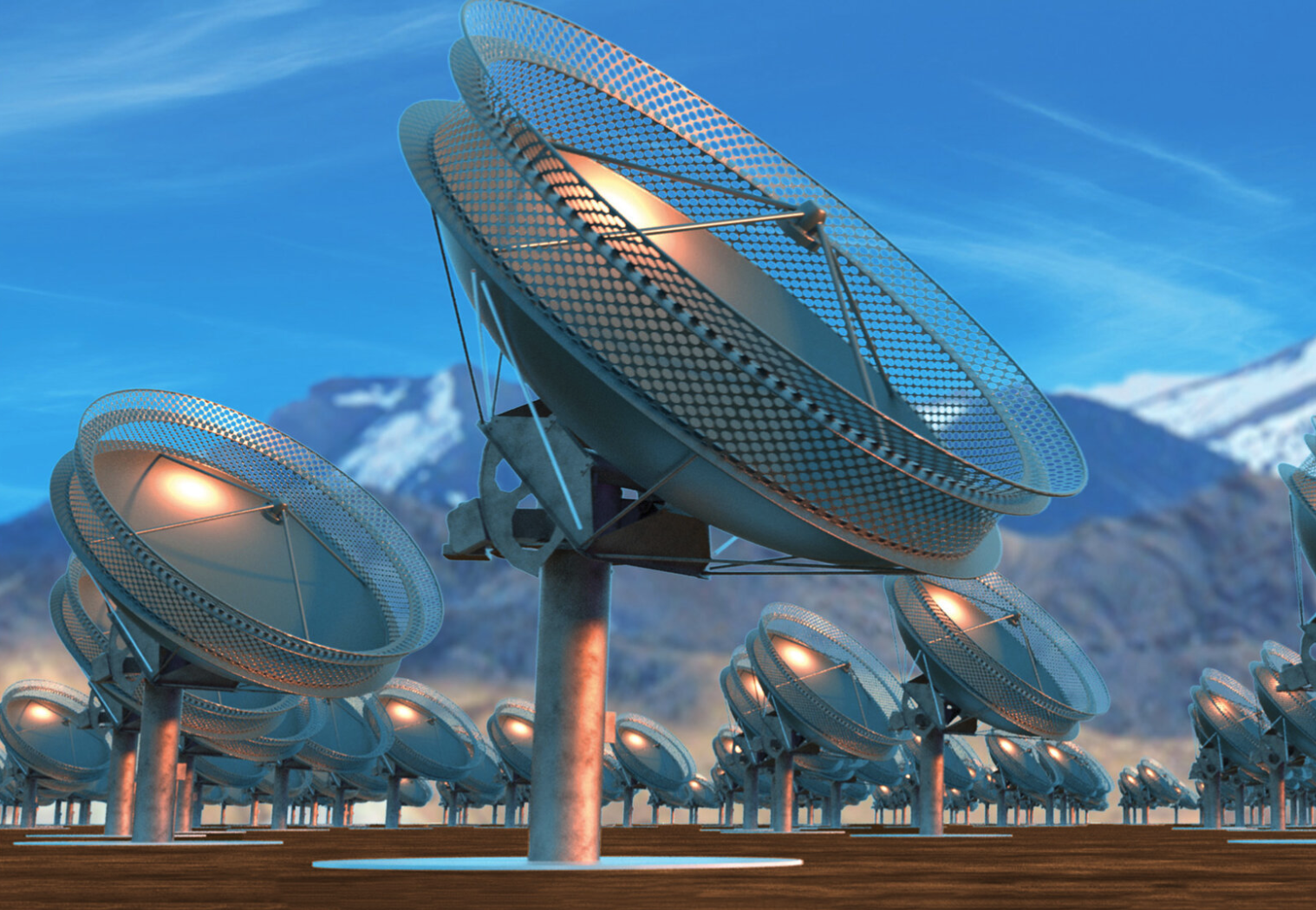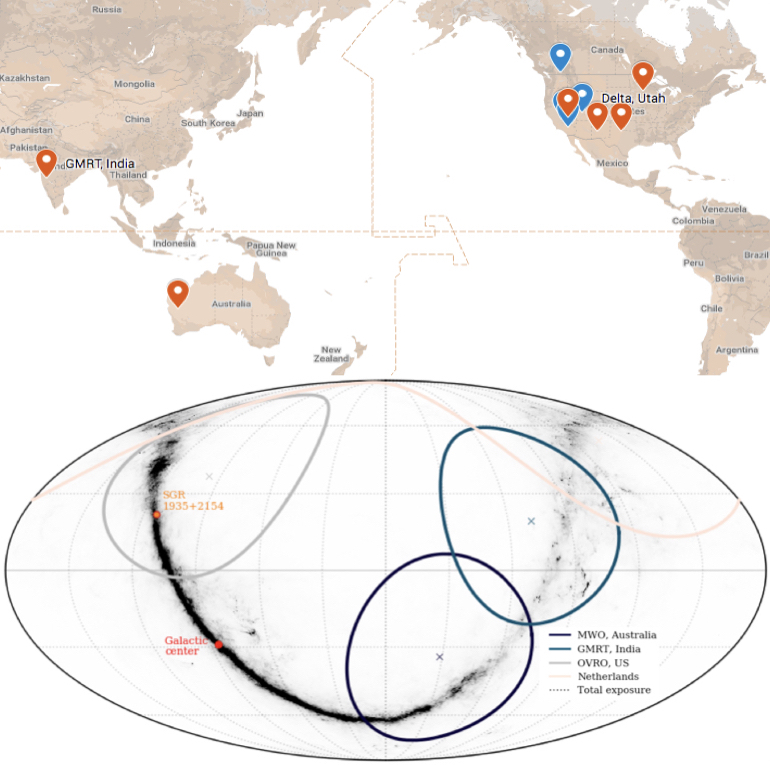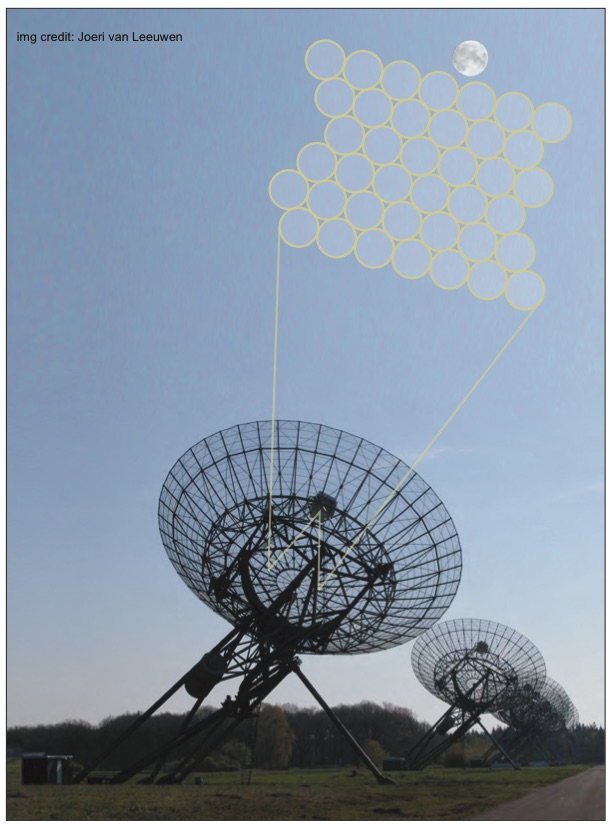Liam D. Connor
I am a Canadian astrophysicist working at the California Institute of Technology,
where I am now Research Assistant Professor of Astronomy. For the previous three years I was
the Richard C. Tolman Prize Postdoctoral Fellow at Caltech.
My research is focused on Fast Radio Bursts (FRBs), a mysterious new class of extragalactic explosions.
In addition to FRBs, I work at the intersection of AI and astronomy, developing new learning-based
approaches for transient detection, radio imaging, and gravitational lensing.
See here for a list of my publications.
I obtained my Ph.D. from the University of
Toronto in October 2016, working at the
Canadian Institute for Theoretical Astrophysics (CITA)
and the Dunlap Institute with
Ue-Li Pen and Keith Vanderlinde.
liam dot dean dot connor at gmail.com


Fast Radio Bursts (FRBs)
Fast Radio Bursts were discovered serendipitously
in 2007 with the Parkes telescope in Australia.
They are millisecond blasts of radio waves,
coming from external galaxies billions of light-years away. Though there appear to be thousands of FRBs
across the full sky each day, we still do not
know what produces them. But we do have some clues. Their tremendous
energetics and short duration imply that they
must come from extreme environments, such as the magnetospheres of neutron stars, from the collision of two compact objects,
or something new entirely.
I have been working on this problem for the last
few years. My research includes the proposal of
a theory for the origin of FRBs, developing artificial intelligence algorithms to detect
them in real-time on radio telescopes,
and applying statistical techniques to the analysis of the FRB population as a whole.
POLISH: AI-based radio deconvolution
Producing an image of the radio sky from an interferometer is an ill-posed deconvolution problem that astronomers have worked on for half a century. The problem is made harder on next-generation telescopes whose raw data rates exceed the total internet traffic of most countries. To solve this problem, I have built a machine learning based approach that builds off of recent advances in the use of neural networks for computer vision. We call this method "POLISH". I did this in collaboration with computer scientist Katherine Bouman as well as astronomers Vikram Ravi and Gregg Hallinan.

Galactic Radio eXplorer (GReX)
My collaborators and I at Caltech and OVRO have proposed the Galactic Radio eXplorer (GReX, rhymes with "T-Rex") as an international all-sky monitor that will continuously survey the Galaxy for ultrabright bursts at 0.7-2.0 GHz with ~10 microsecond time resolution. Clusters of three radio antennas will be placed around the world in order to find more Galactic FRBs, super giant pulses from pulsars, and whatever unknown phenomena occupies this underexplored volume of parameter space.

ALERT & Apertif
ALERT is currently surveying the northern radio sky at millisecond timescales. It uses two telescopes in tandem, Apertif and LOFAR, both located in the northeast of the Netherlands. Apertif has begun routinely detecting FRBs at 1.4 GHz, including a high rotation measure burst that traverses the halo of nearby galaxy M33. On ALERT, I built several components of its signal processing backend, including a real-time FRB classifier based on modern artificial intelligence techniques. As we detect more FRBs we will be able to answer fundamental questions about the nature of this new extragalactic population.


CHIME
During my Ph.D. I helped develop an innovative new radio telescope in British Columbia, Canada. The Canadian Hydrogen Intensity Mapping Experiment (CHIME) consists of four 100-meter long cylinders with no moving parts (parabolic half-pipes, really). CHIME has three exciting and ambitious science goals. The first is to make the largest-ever 3D map of the Universe in order to measure how Dark Energy affects the Universe's dynamics. Another is to study pulsars, monitoring nearly every known pulsar in the northern hemisphere each day. And the third is an experiment to detect large numbers of Fast Radio Bursts, which it began finding in July 2018.